Golf


Origins of Golf
Recent evidence suggests that people played a game like golf in China since Southern Tang Dynasty (937-975) and during the Song Dynasty (960-1279). The game was called chuíwán and was played with 10 clubs, which were a lot like a driver, two-wood, and three-wood.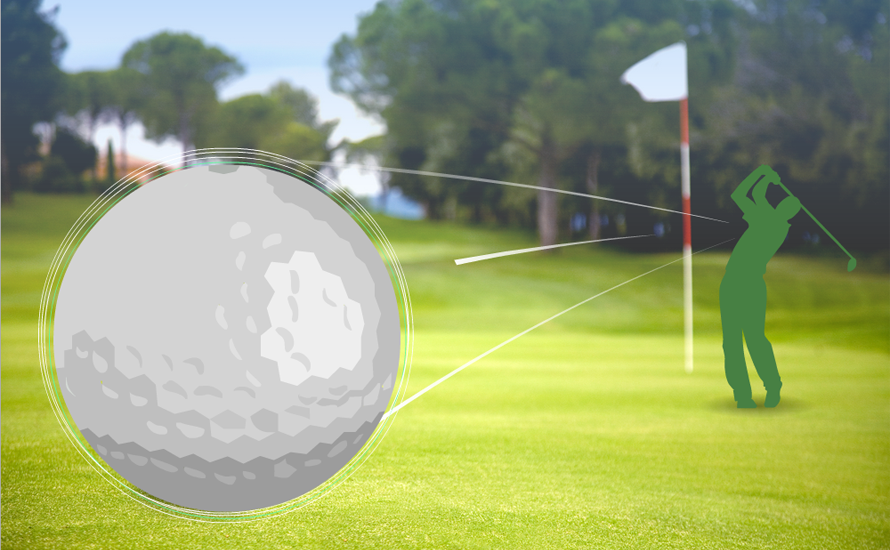
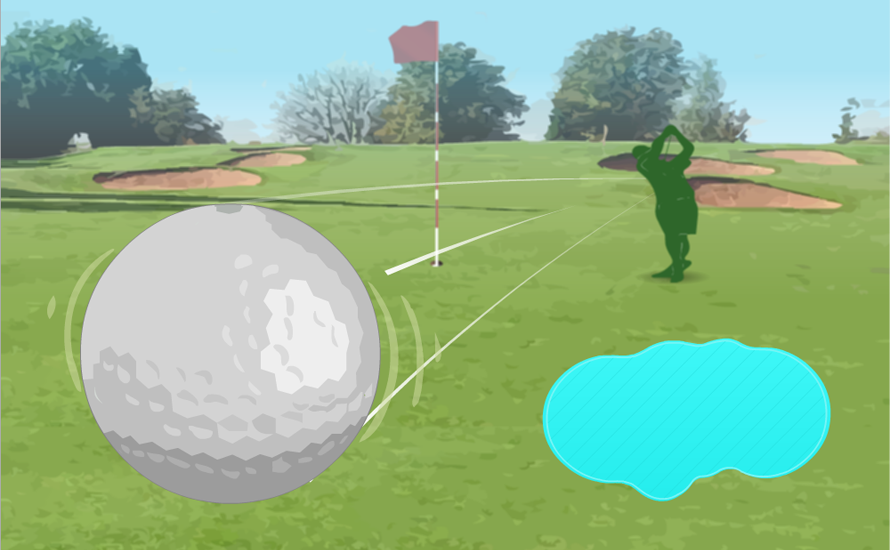

Key GOLF Terms
The Driver – Golfers use this club for teeing off at each hole. The first stroke on each hole is the drive.
The Hybrid Club – Golfers use this club for hitting shots 150 yards or more through the air.
The 2-9 irons – Golfers use these clubs for hitting the ball toward the green. Lower numbers are for long shots and higher numbers are for short shots.
The Wedge – Golfers use the wedge for hitting short, high shots from near the green or in the sand.

Key GOLF Terms
The Putter – Golfers use the putter for tapping the ball into the hole when it is on the green and very close to the hole.
Caddy – A caddy is an assistant to the golfer. The caddy carries the clubs and assists the golfer with advice and support.
Ace – An ace is a hole in one. The golfer hits the ball into the hole on one stroke.
Albatross or Double Eagle – An albatross is a hit that is three strokes under par on a hole.

Key GOLF Terms
Eagle – An eagle is a hit that is two strokes under par on a hole.
Birdie – A birdie is a hit that is one stroke under par on a hole.
Par – Par is the score a good player would expect to make on a hole or round.
Bogey – A bogey is one stroke over par on a hole.
Double Bogey – A double bogey is two strokes over par on a hole.
Fairway - The fairway is the area of the golf course between the tee and the green.
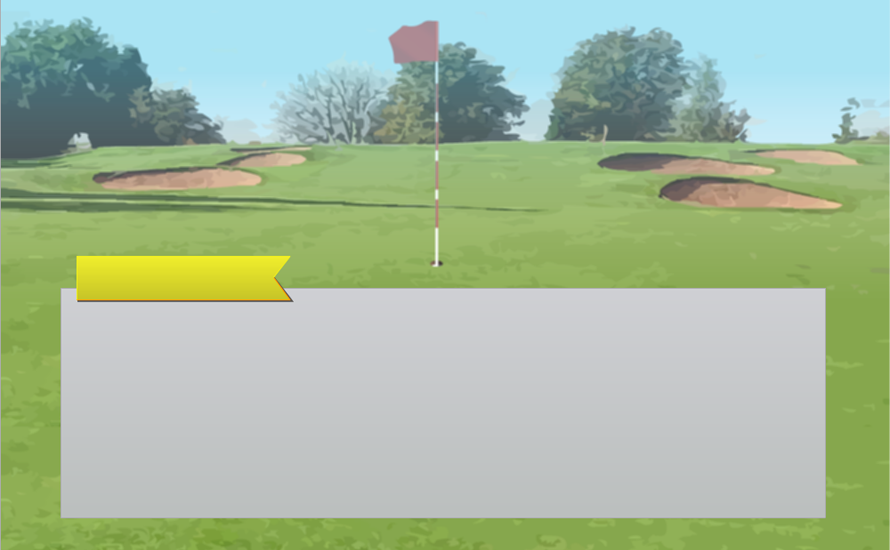
Key GOLF Terms
Fore – Golfers shout, “Fore!” when there is a chance that the ball may hit other players or spectators.
Grand Slam – A grand slam happens when a golfer wins all of golf's major championships in the same calendar year.
Handicap - A number assigned to each player based on his ability. The number adjusts each player's score so the players are equal to each other.
Hole - A hole is a circular space in the ground called, "the cup." It is 4.25 inches (108 mm) in diameter.

To carry all their golf clubs!
Key GOLF Terms
Slice - A shot that initially takes a trajectory on the same side of the golf ball from which the player swings but eventually curves sharply back opposite of the player.
Swing - The movement a golfer makes with his or her body and club in order to hit the ball.
Tee - A small peg, usually made of wood or plastic, placed in the ground. Golfers can place the ball on the tee prior to the first stroke on a hole.

Key GOLF Terms
Whiff – A golfer’s attempt to strike the ball that ends in a miss. A whiff counts as one stroke.
Course – A golf course consists of a series of holes, each with a teeing ground that is set off by two markers showing the bounds of the legal tee area, fairway, rough and other hazards, and the putting green surrounded by the fringe with the pin (normally a flagstick) and cup.

What you need to play golf:

What you need to play golf:

What you need to play golf:
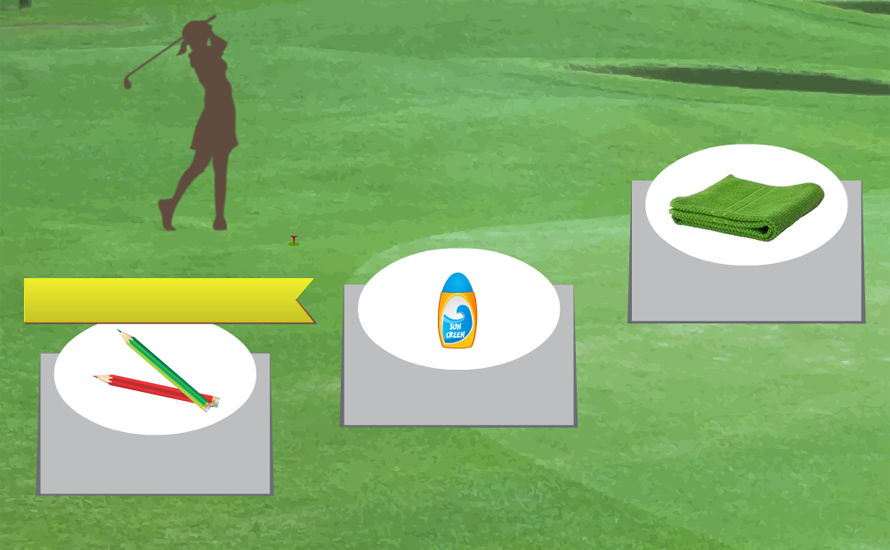
How to play golf:
- Every round of golf is based on playing a number of holes in a given order.
- A typical round includes 18 holes.
- On a standard 18-hole golf course, each golfer plays each hole once.
- A player begins by putting the ball on a tee and striking it with a club.
- The initial shot (or drive) on a hole is meant to move the ball a long distance. Golfers often use a long-shafted, large-headed wood club called a driver.

How to play golf:
- Once the ball stops, the golfer strikes it again. The golfer can continue to strike the ball as many times as necessary until the ball reaches the green.
- When the ball is on the green, the golfer can use the putter to putt the ball into the hole.
- The golfer’s goal is to hit the ball into the hole in as few strokes as possible.
- While striking the ball, golfers must avoid obstacles like longer grass (the rough), sand traps (bunkers), or water hazards like ponds or streams.

How to play golf:
- Players can walk to their next shot or drive in a golf cart.
- Golfers can play individually or in groups.
- Sometimes a caddy will walk or drive with a golfer. A caddy carries the golfer’s equipment and gives the golfer advice.
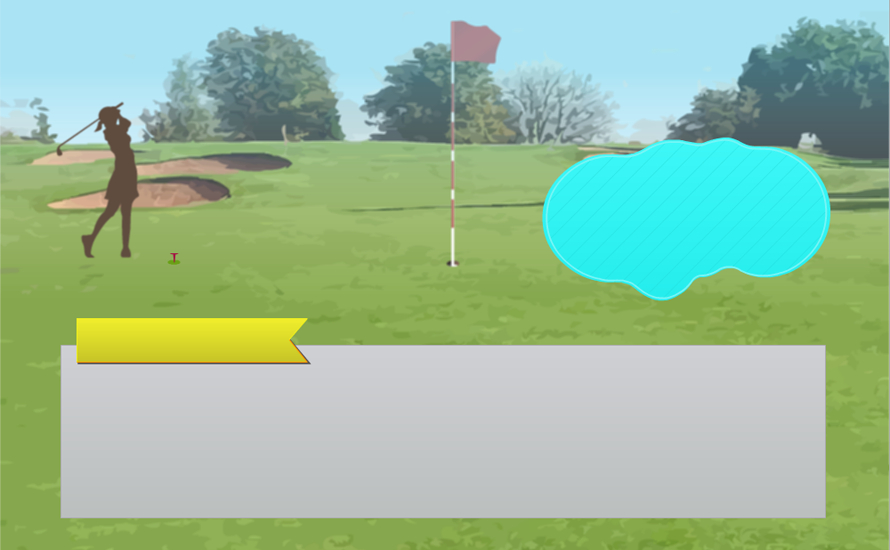
Penalties:
Sometimes golfers receive penalties. Extra strokes are added to the player's score for rule infractions or for hitting the ball into an unplayable situation.
- If a golfer loses a ball or hits a ball hit out-of-bounds, there is a penalty of one stroke.
- If a player's equipment causes the ball to move or something else causes the ball to move, there is a penalty of one-stroke.
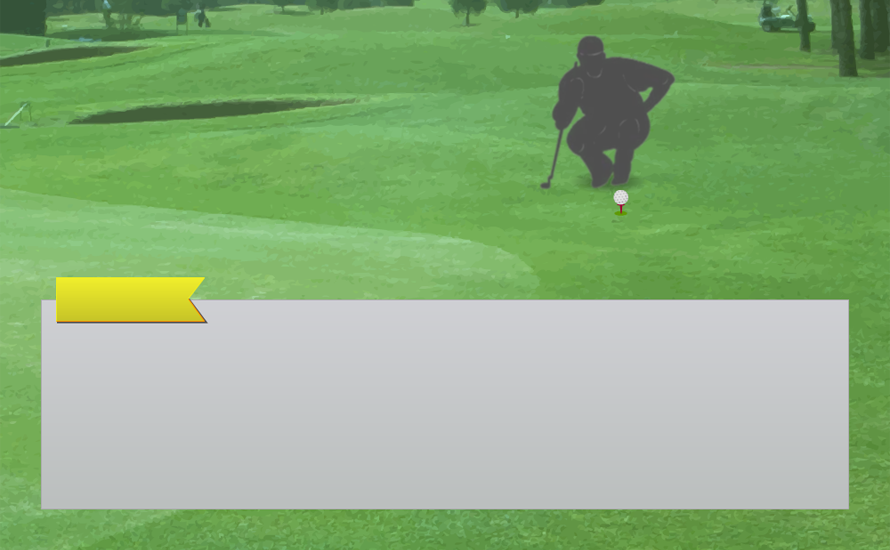
In case he got a hole in one!
Penalties:
- If a golfer makes a stroke at the wrong ball or hits another golfer's ball with a putt, there is a two-stroke penalty.
- Most of the time, breaking rules leads to extra strokes. However, if a golfer is caught cheating, writing a lower score, or improper play, he or she can be disqualified.

What to do after a Penalty…
Penalties
Out-of-bounds – Player receives a two-stroke penalty (the stroke you hit plus one penalty stroke). The golfer drops the ball at the spot of the last shot, and continues play.
Whiff - Count each time the player swings at the ball. Continue playing until the golfer hits the ball.
Unplayable lies – Player receives a one-stroke penalty. The golfer drops the ball at the spot of the last shot, and continues play.
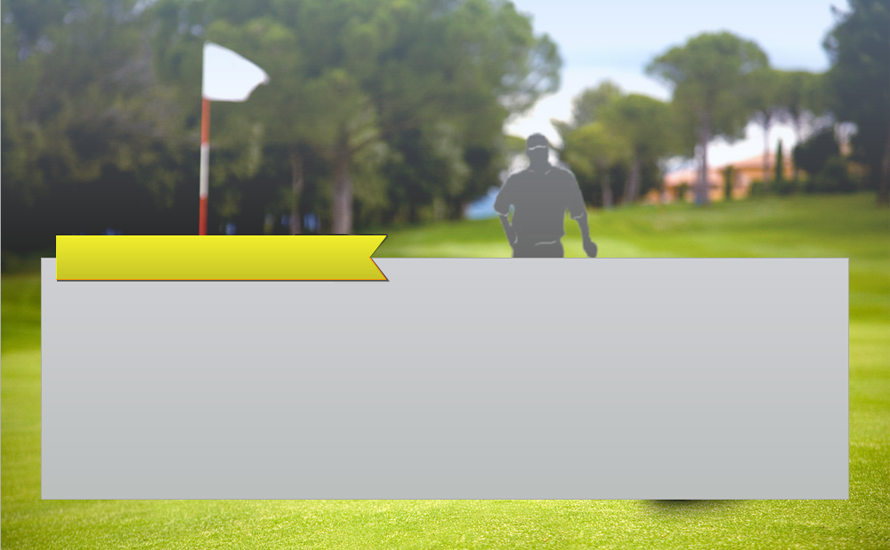
What to do after a penalty...
Water hazard (Yellow stakes): In this, the player receives a one-stroke penalty and has to play from as close as possible to the spot from which he played the last shot.
Lateral water hazard (Red stakes): The player receives a one-stroke penalty and he has to drop the ball outside the hazard within two club lengths from where the ball previously crossed the margin.
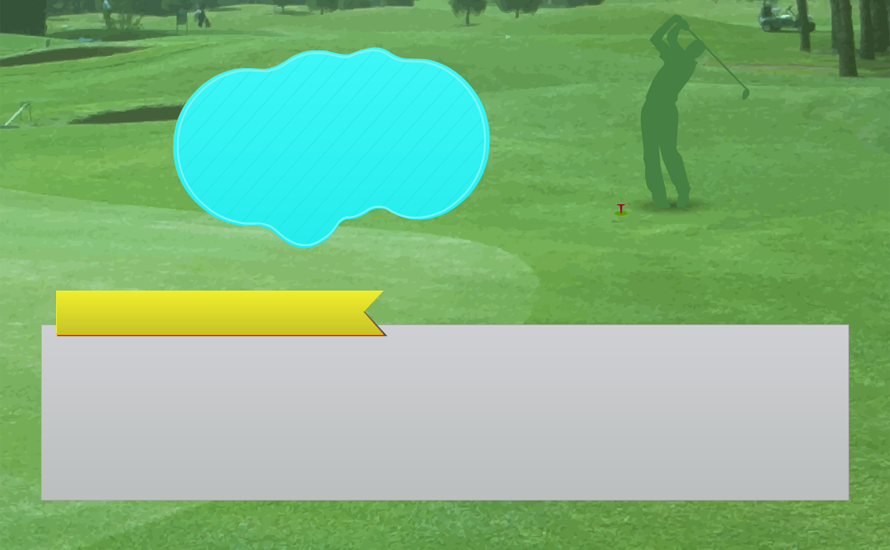
Timeline
The 8th – 14th century – People played a various games that were similar to golf.
The 15th century – The modern game of golf originated in Scotland.
1672 - Golfers played in Scotland, on the oldest golf course in the world.
1754 – Golf rules were established.
1860 – Golfers played in the world's oldest golf tournament in Scotland.
1867 – Women form the first group of women golfers in Scotland.
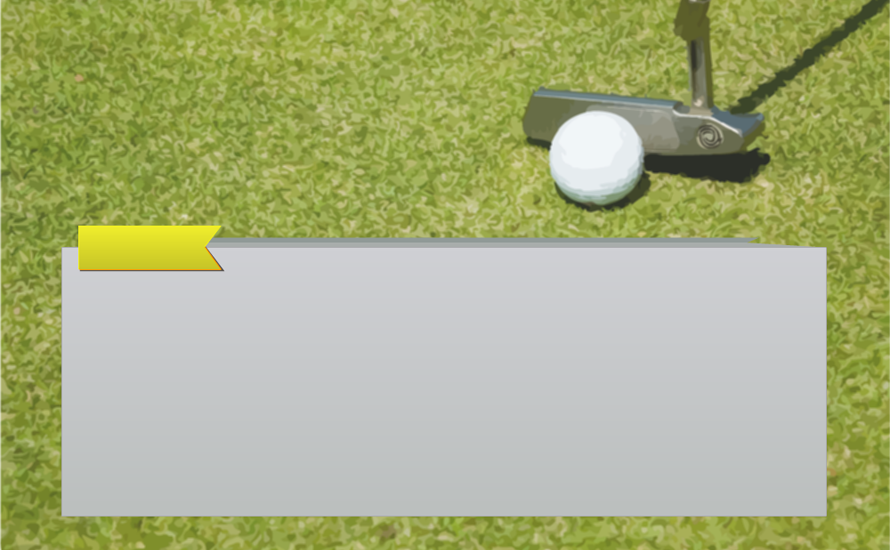
Timeline
1895 – Golfers play in the first U.S. Open.
1916 – Golfers form The Professional Golfers’ Association.
1946 – Patty Berg wins the first Women’s U.S. Open.
1954 – Golf tournaments aired on television for the first time.
1968 – Arnold Palmer becomes the first player to top $1 million in career earnings.
1971 – Astronaut Alan B. Shepard Jr. hit a golf shot during a walk on the moon.

Timeline
1997 - Tiger Woods won the Masters as the youngest winner in Masters history.
2003 - Annika Sörenstam became the first woman in 58 years to compete in a men's professional golf tournament.
2004 - Michelle Wie became the youngest woman (and only the fourth overall) to play at a PGA Tour event (she was 14 years old).
2012 – The Open Championship prize was $1.4 million.

Legends
Jack Nicklaus
Nicknames: Golfer of the Century, Golfer of the Millennium
Honors:
Sports Illustrated Award: Individual Male Athlete of the Century
ESPN Award: One of the 10 Greatest Athletes of the Century
ESPY: Lifetime Achievement Award
Jack Nicklaus is one of only five golfers who won a Grand Slam – he won all four of golf's modern majors, including The Masters, the U.S. Open, the British Open, and the PGA championship.
He has won several international titles, including 6 Masters, 5 PGA Championships, 4 U.S. Opens, and 3 British Opens. He is part of "The Big Three" in golf with Arnold Palmer and Gary Player.
Nicklaus is also a golf-course designer, businessman, and philanthropist. He started the Nicklaus Children’s Health Care Foundation, which supports children's health-care services in Florida.
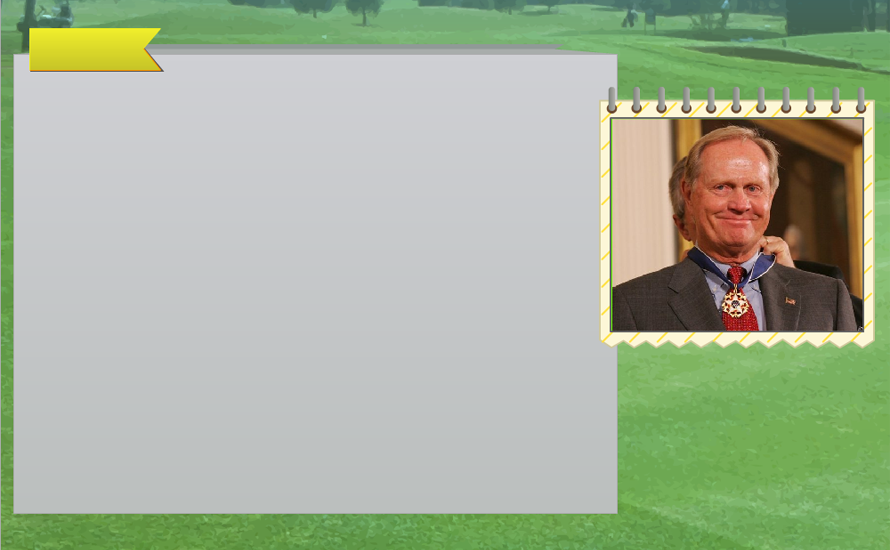
Legends
Arnold Palmer
Nickname: The King
Honors:
Palmer was awarded the Presidential Medal of Freedom in 2004 and the Congressional Gold Medal in 2009.
Palmer was first to win the Masters Tournament 4 times and is one of the greatest players in the history of men's professional golf.
Palmer won 92 tournaments during his career.
He was the first superstar on television in the 1950’s.
He is part of "The Big Three" in golf, along with Jack Nicklaus and Gary Player. They popularized the golf around the world.

Legends
Gary Player
Nicknames: The Black Knight, Mr. Fitness, and the International Ambassador of Golf
Honors: South African Sportsman of the Century in 2000 First international recipient of the PGA Tour’s Lifetime Achievement Award in 2012.
Gary Player started playing professional golf in 1957 and won the championships many times. He was the 3rd golfer to win a Grand Slam. He is also part of “The Big Three” with Jack Nicklaus and Arnold Palmer.
He is also a golf course designer, and has a doctoral degree in law. He is the only player to win the British Open in three different decades. He is very dedicated to charity.

Legends
Eldrick Tont "Tiger" Wood
Nickname: Tiger
In 2000, Woods became the youngest to complete the career Grand Slam. He was also the youngest Masters champion at the age of 21.
In 2001, Tiger Woods became the first ever to hold all four professional major championships at the same time. He was also the first African American and Asian American to win a championship. Tiger Woods has won 100 tournaments in his career.
Tiger Woods created a Foundation to educate young children. He established learning centers to focus on science, technology, engineering, and math.






